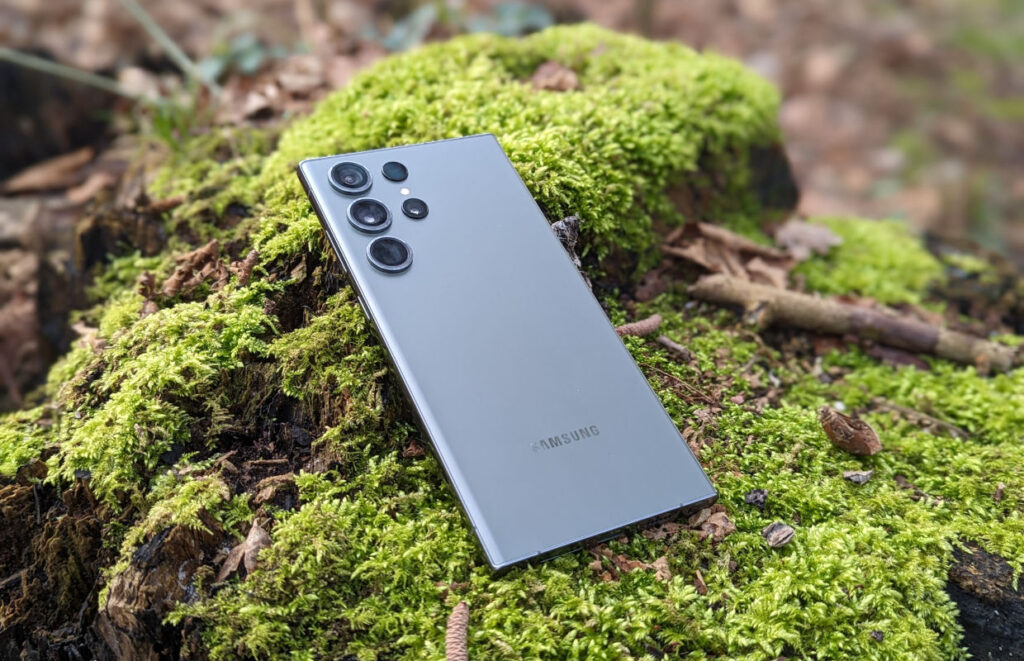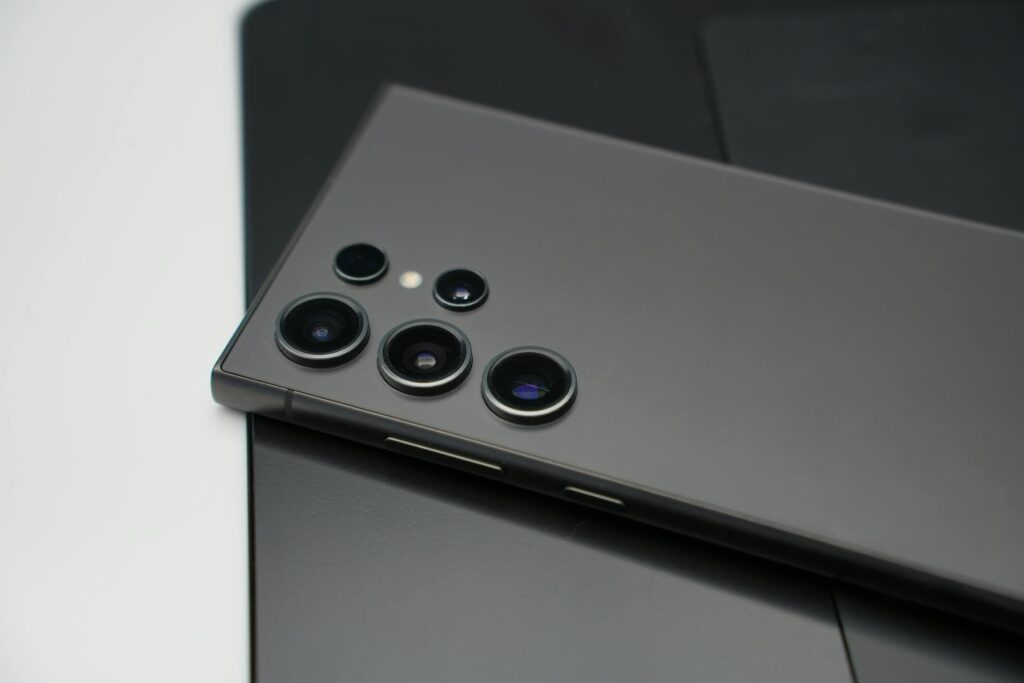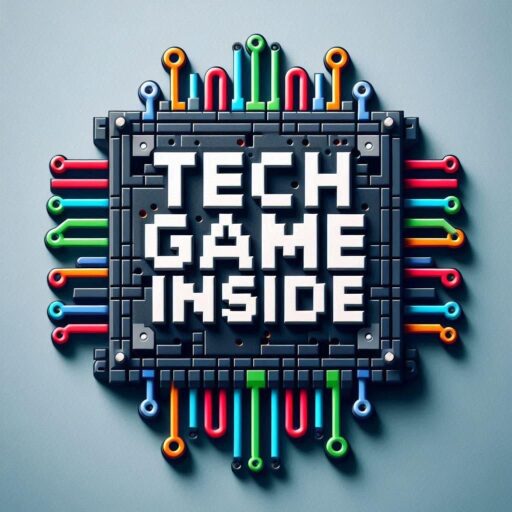Email Address
knoledgefortechnology02@gmail.com

Samsung is a name that is resonant across the world, associated with cutting-edge technology and innovative products. From smartphones to home appliances, Samsung has dominated the global market for several decades. But behind its massive success lies a complex ownership structure, which is a mixture of family control and public shareholders. Let us understand who actually owns Samsung.
Samsung was founded in 1938 by Lee Byung-chul in South Korea as a small trading company. Initially, it dealt in groceries, textiles, and insurance, but over time the company expanded into a number of different industries. Today, Samsung Electronics is the most important part of this conglomerate, making Samsung a global leader in consumer electronics, telecommunications, and home appliances. From simple beginnings, Samsung has grown to become one of the largest technology companies in the world.

An important aspect of understanding who owns Samsung is its chaebol structure. Chaebol is a large family-controlled conglomerate that is a unique model for South Korea. In this system, while the company is publicly traded, control often remains in the hands of the founding family.
For Samsung, the Lee family has maintained its influence through its own influential methods for many years. Although ownership of the company is divided between several different shareholders, the Lee family’s control is maintained through cross-shareholding in Samsung’s affiliates. Samsung Life Insurance plays an important role in holding and controlling stakes in several subsidiaries, which helps the Lee family maintain its influence over the company.
The Lee family’s influence on Samsung cannot be enjoyed. Lee Kun-hee, the late chairman of Samsung, transformed the company into a global technology leader. His son, Lee Jae-yong, is still considered Samsung’s de facto leader, even though he does not hold the official title of CEO. The Lee family’s ownership is largely controlled through Samsung Life Insurance, which holds significant stakes in Samsung’s major divisions. The family’s cross-shareholding strategy among subsidiaries ensures that they maintain control even though they do not own a majority of Samsung’s public shares.

While the Lee family’s control cannot be denied, Samsung is a publicly traded company, and a large portion of it is owned by institutional investors. This includes pension funds, mutual funds, and other large investors both within South Korea and around the world. One of the world’s largest companies by market capitalization, Samsung Electronics is an attractive investment for institutional players.
The company’s shares trade on the Korea Stock Exchange (KRX), which allows anyone from any location to hold a share in Samsung. Retail investors can also purchase shares in Samsung Electronics, which further diversifies its ownership.

Samsung’s ownership structure is famously complex. Through cross-shareholding, various Samsung subsidiaries hold stakes in each other, making exact ownership difficult to determine. This interconnected system ensures that the Lee family’s influence extends across many layers of the business, giving them a level of control not commonly seen in Western companies.
So, who owns Samsung? The answer is a mixture of family control and public ownership. While Samsung Electronics is publicly traded, the Lee family maintains significant influence through its holdings in Samsung Life Insurance and other subsidiaries. This family-centric control, combined with the large number of institutional and retail shareholders, creates a mixture of exclusive ownership that has helped Samsung succeed and evolve over the years.
Despite the complexities of its ownership structure, Samsung remains a proof of the strength of the chaebol model, which allows the Lee family to steer the company to success while public investors also share in its profits and growth.




